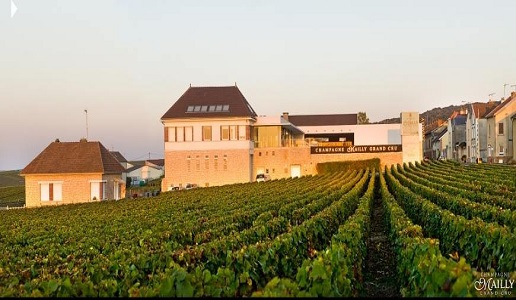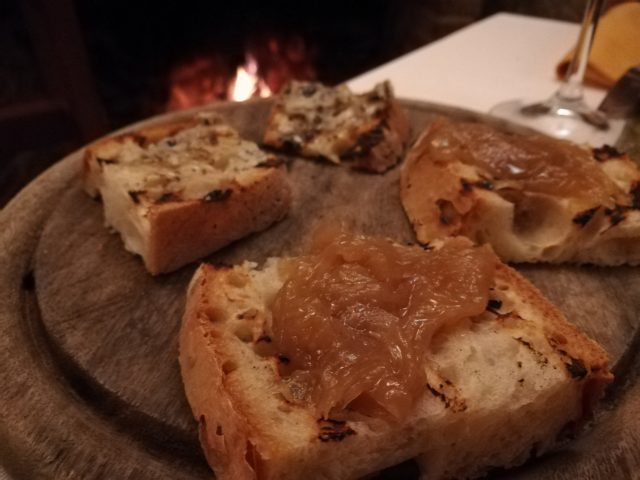Mailly and timeless elegance

Mailly Champagne is an example of elegance with all its wines boasting a Grand Cru classification. Now it releases a Rosé version of the top Intemporelle.
In 1929, the world was turned upside down by an unprecedented economic crisis that caused the Great Depression following the collapse of Wall Street, a dramatic event that came a decade after the economic and social upheaval of the First World War. The devastating recessive effect that blocked many exports as well as consumer spending brought not only the financial and industrial sectors to their knees but also rural economies, due to an estimated 50% drop in farm prices. In such a desperate situation, only by joining together could one hope to survive.
The Mailly cooperative was born in this framework, a union of winemakers who decided to join together to tackle the emergencies caused by the crisis under the slogan à la tête par la main, which roughly translates “together we can do it”. Using only Grad Cru grapes from the village of Mailly, they began to make their own Champagne that they matured in cellars they themselves carved out by hand in the chalky stone under this village in Montagne de Reims. In 1965, after 35 years of working by hand without any special tools, the cooperateur finished digging the cellars that totaled one kilometer in length and only the 25 families in the village who were involved from the start in creating them were admitted as official members of the cooperative as grape suppliers.
Today, Mailly Champagne is an example of elegance with all its wines boasting a Grand Cru classification, thanks only grapes from the village of Mailly being used. There are some 70 hectares of vineyards there that are still in the hand of the founders, now in the fourth generation. These represent one third of the Grand Cru grapes of which 75% are Pinot Noir, thus leaving ample room for the cultivation of Chardonnay, which is key for the style of production.
The vineyards that produce the cooperative’s grapes are divided into 480 parcels that are not necessarily transformed separately but mixed together in a pre-blend based on a criteria of aromatic homogeneity or because they have matured in a similar way. The harvest lasts an average of 12 days and depending on the yield of the various parcels or the pre-mixing and the characteristics of the grapes, a decision is made whether to use stainless steel, cement or wood to make the wine. In order to ensure equity and efficiency, the cooperative pays 25% what it owes its suppliers every three months, beginning December 5, so that within a year after harvest it has paid its winegrowers. Keep in mind that in this Grand Cru grapes can fetch as high as 6.20 euros per kilo.
Related Products
| Product | Producer | Date of publication | Author | Read | |
|---|---|---|---|---|---|

|
L’Intemporelle Rosé 2009
Champagne |
Mailly | 01/26/18 | Chiara Giovoni |
A blend of 60% Pinot Noir and 40% Chardonnay that has pink salmon hues and orange reflections created by the addition to the white L’Intemporelle cuvée of some Pinot Noir vin de reserves... Leggi tutto |

 Italiano
Italiano








